Repurposing Old Industrial Sites As Public Parks
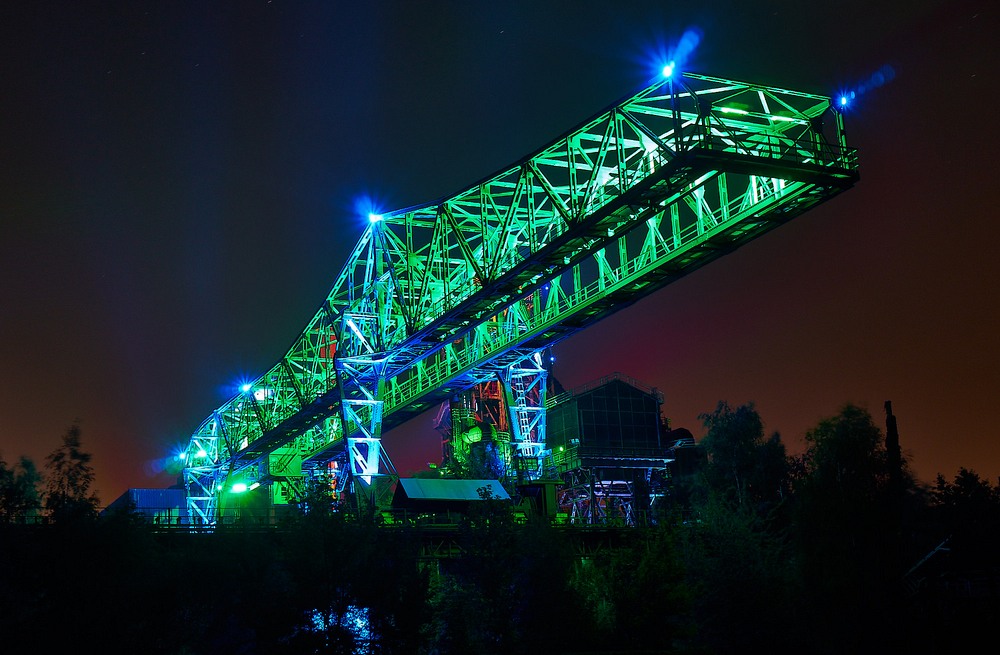
The public park Landschaftspark in Duisburg-Meiderich, Germany. Landschaftspark, or “landscape park”, of Duisburg-Meiderich, Germany, was once an industrial site that was adapted and transformed into a stunning public park by the design firm Latz + Partner in the early 1990s. Attempt was made to preserve as much of the existing site as possible. Giant blast furnaces and loading bridges of the former coal and steel production plant still looms large above the rusting iron plates that were once used to cover casting molds in the pig-iron casting works. The waste water in the open canal was replaced by clear water. Bridges and footpaths were added. Where the heavily contaminated sintering plant once stood, is now a flourishing meadow and a shady grove. The entire park is a huge festival place where as many as fifty thousand people gather during festivities.
Image credit: (L) Thomas Wensing/Flickr, (R) !Koss/Flickr
Image credit: (L) !Koss/Flickr, (R) Thomas Haeusler/Flickr
Image credit: (L) !Koss/Flickr, (R) !Koss/Flickr
Image credit: (L) !Koss/Flickr, (R) !Koss/Flickr
Image credit: haveseen/Shutterstock.com
Image credit: haveseen/Shutterstock.com
Breathing fresh air into old, degenerated industrial sites is not new. One of the oldest such project was the Parc des Buttes-Chaumont in northeastern Paris, that opened in 1867 during the regime of Napoleon III. This area, just outside the limits of Paris, was originally the place where criminals and traitors were hanged and gibbetted. After the 1789 Revolution, it became a refuse dump and then a place for cutting up horse carcasses and a depository for sewage. Another part of the site was a former gypsum and limestone quarry. Architect Jean-Charles Alphand completely remade the landscape, digging up a lake and shaping the lawns and hillsides. But effort was also made not to hide the past of the site, but rather work to enforce it.
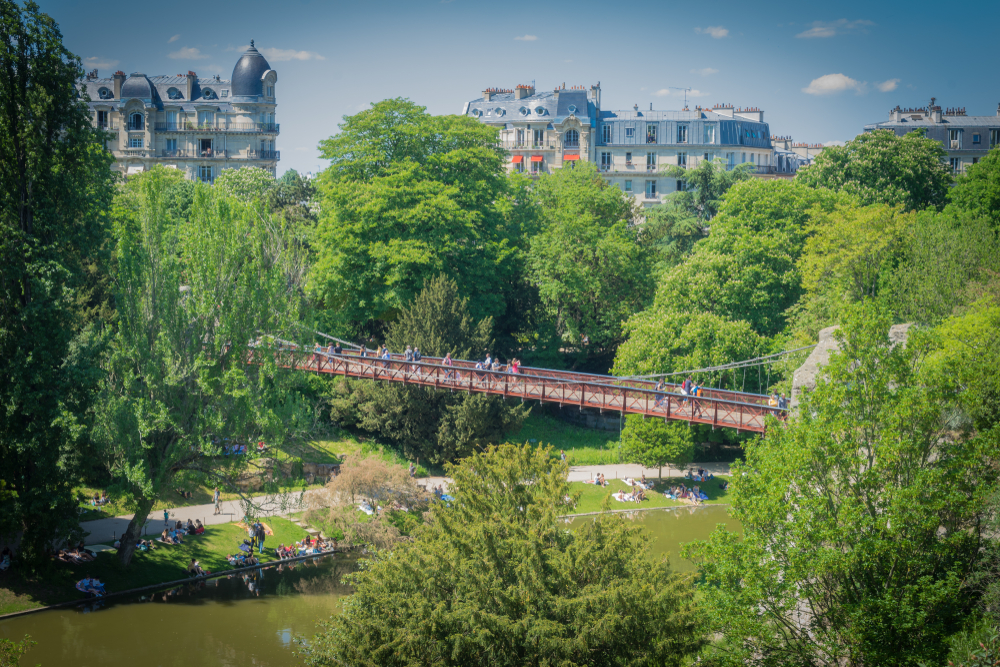
Parc des Buttes-Chaumont. Image credit: frlegros / Shutterstock.com
A notable predecessor to Landschaftspark was the Gas Works Park in Seattle. The 19-acre site was a gasification plant that produced coal gas used for lighting, cooking, and refrigeration. The plant also manufactured tar, lampblack, charcoal briquets, sulfur and toluene. After the plant closed in 1956, it was acquired by the city and opened to the public as a park in 1975. Rather than removing the gasworks, the derelict structure was incorporated into the park. The boiler house was converted to a picnic shelter complete with tables and fire grills, while the exhauster-compressor building was transformed into an open-air play barn, housing a maze of brightly painted machinery for children.

Gas Works Park in Seattle. Image credit: Jason Finn/Shutterstock.com
Image credit: Checubus/Shutterstock.com
A similar site exist near the city of Gräfenhainichen, in Germany. There, in a former open-cast mine, lie five enormous decommissioned industrial machines—bucket wheel excavators, continuous bucket dredgers as well as stackers, each measuring up to 130 meters long and 30 meters high. When the mine shut down in the 1990s, these machines were left behind to form an open air museum called Ferropolis. The unusual backdrop formed by these gigantic relics of industrial history, surrounded by the flooded mine shaft, is nowadays a popular setting for open-air concerts, opera and music festivals.

The Melt! Festival 2018 in Ferropolis. Image credit: Matthias Ripp/Flickr
Image credit: (L) Juska Wendland/Flickr, (R) Matthias Ripp/Flickr
Image credit: (L) Matthias Ripp/Flickr, (R) Cinematographer/Shutterstock.com
Image credit: (L) S. Kuelcue/Shutterstock.com, (R) Thomas Quack / Shutterstock.com
One of the most significant adaptive reuse projects was the Zollverein Coal Mine Industrial Complex in the city of Essen, North Rhine-Westphalia, Germany. Zollverein was among the largest coal-mining facility in Europe, and a leading example of German heavy industry. At its peak, between the two World Wars, Zollverein employed 8,000 workers and had an annual output of 3.6 million tons. But after World War II, the industry shifted from coal to oil and the Zollverein mine gradually decreased in production until it closed in 1986.
Immediately after, the state bought the coal mine territory and began preserving the site. Today it serves as a museum to the fascinating history of one of the largest industrial regions of the world. The various buildings have been repurposed as art galleries, exhibition halls, and restaurants. There is also a swimming pool and an ice skating rink. The preservation of this outstanding industrial monument was so exceptional that the UNESCO included it in their World Heritage Sites list in 2001. UNESCO noted that the “sensitive and imaginative adaptive reuse [of the project] has ensured that their forms survive intact, with significant items of the industrial plant preserved, and that their interrelationships remain visible in a clear and logical manner.”
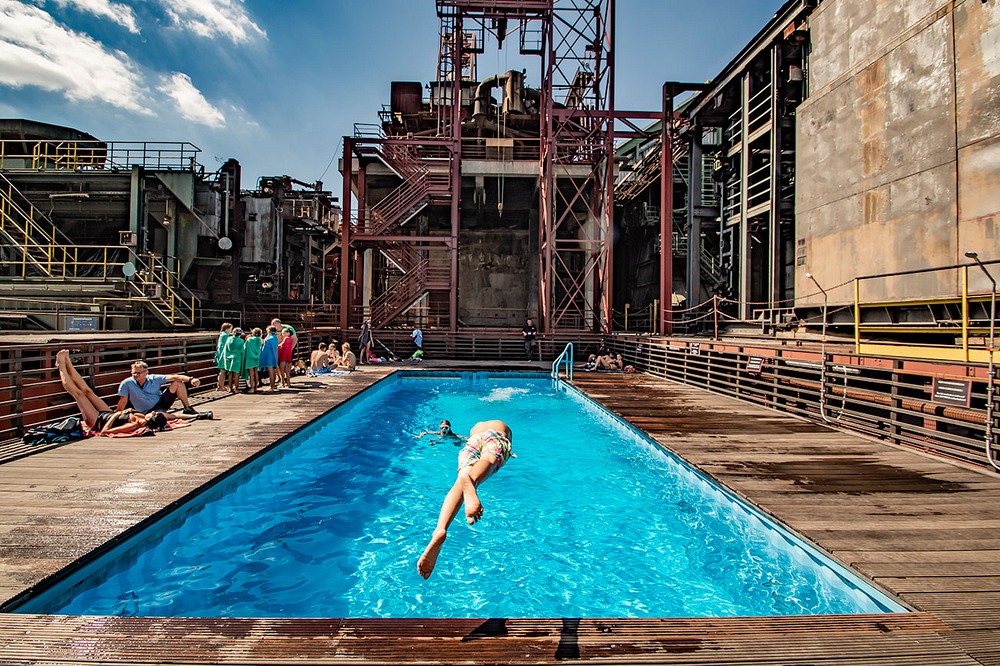
A swimming pool inside the Zollverein Coal Mine Complex. Image credit: www.pottleben.de
Image credit: (L) Thomas Wolf/Wikimedia Commons, (R) trabantos/Shutterstock.com
Image credit: trabantos/Shutterstock.com
Image credit: (L) saiko3p/Shutterstock.com, (R) Peeradontax / Shutterstock.com
Examples of such adaptive reuse are seen in other places across Europe. Not all of them were turned into parks. One gasometer in Oberhausen was transformed into an exhibition hall, and several gasometers in Vienna was made into livable apartments. The Tate Modern Art Gallery on the south bank of the Thames in London, is another famous adaptive reuse project. The building was originally a power station.
Repurposing Old Industrial Sites As Public Parks
 Reviewed by Your Destination
on
December 04, 2019
Rating:
Reviewed by Your Destination
on
December 04, 2019
Rating:
 Reviewed by Your Destination
on
December 04, 2019
Rating:
Reviewed by Your Destination
on
December 04, 2019
Rating:

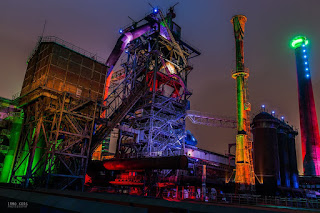
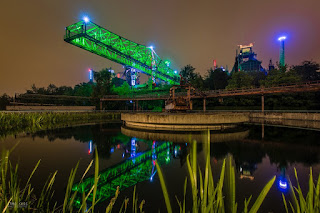




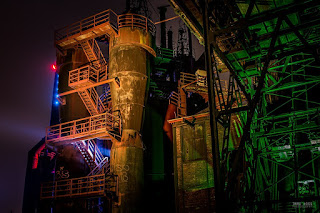






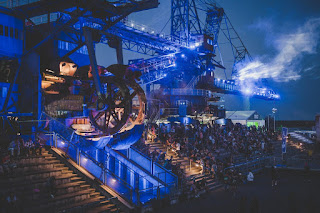




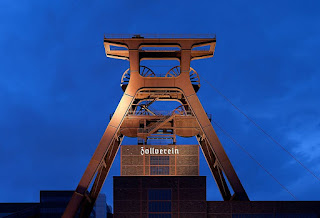






No comments